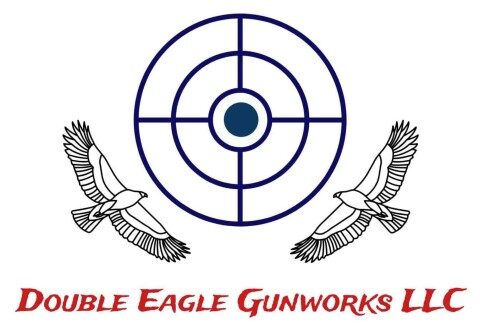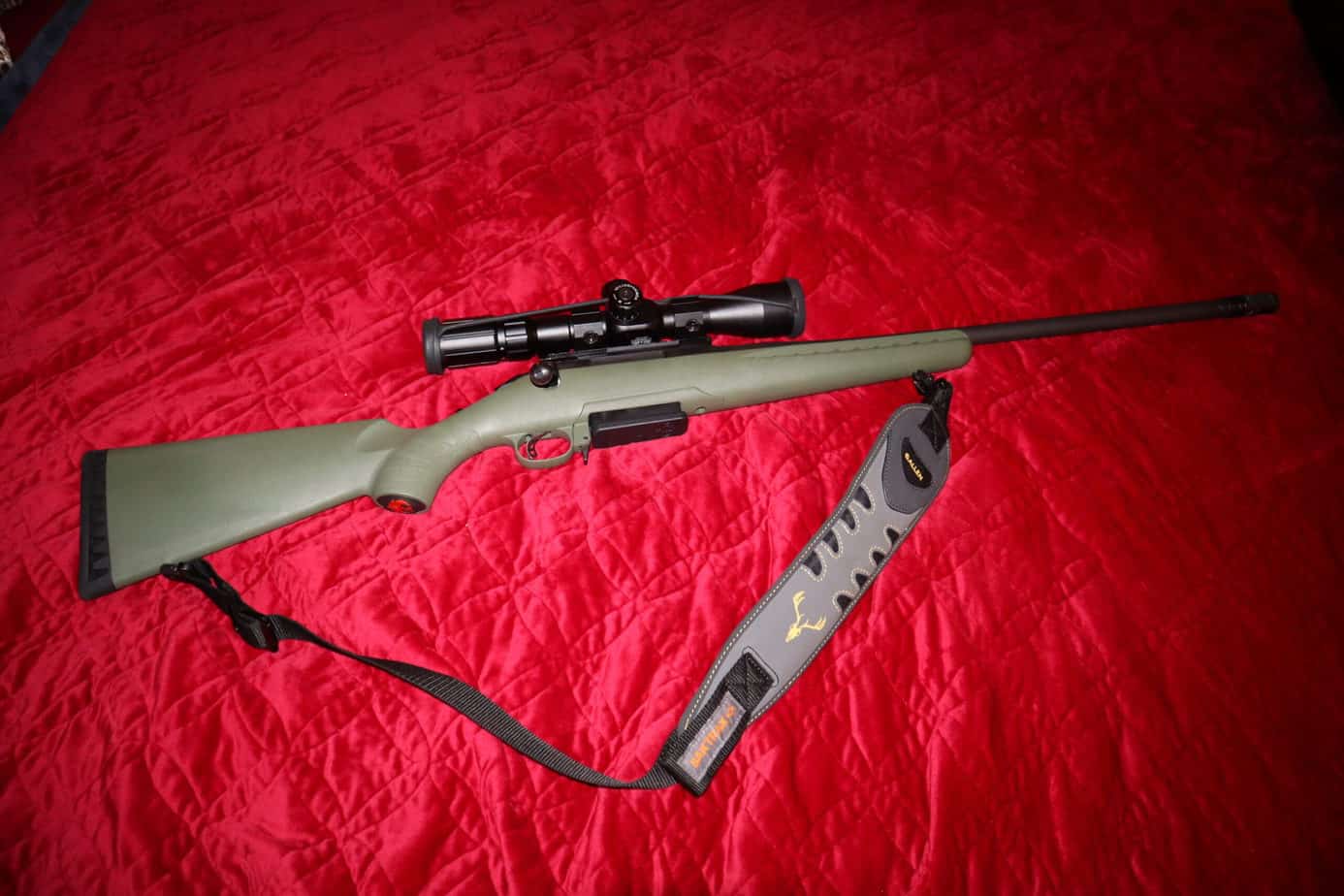Today we visit the bolt action rifle. To see my experience handling a bolt action rifle for the first time, watch the video embedded below. The bolt action starts at 4:50.
A bolt action rifle works by rotating or pulling a bolt on the side to open the breech and eject the spent cartridge from the last shot. Additional motions insert the next cartridge and close the breech.
Bolt action rifles may have an internal magazine loaded by hand, a detachable magazine, or no magazine, with the latter requiring individual loading of bullets into the chamber.
THE HISTORY
Guns can be muzzleloaded, from the front, or breechloaded, from the rear. Muzzleloading was prevalent until the mid 19th century but now is available primarily in antiques and specialty guns.
Loading the muzzle means standing the gun on its end and pouring in a measured amount of gunpowder from a powder horn or a premade packet called a cartridge, or inserting pellets of solid propellant.
You add wadding, made of paper or cloth, to hold the powder in place. You add round projectiles, the bullets, and then use a ramrod to seat the bullets. Next you add primer and push down the frizzen, an L-shaped piece of steel also called the hammer, and you are ready to fire. That setup takes a long time and a lot of concentration.
Modern guns tend to be breechloaders. In the 14th century a swivel gun, a type of cannon, was loaded by inserting gunpowder and projectiles into a chamber that looked like a pewter mug. The mug was then loaded into an opening near the back of the gun.
In the 16th century the English and the Chinese had breechloading hunting guns and muskets. In the 18th century the Spanish had breechloaders with reusable cartridges.
Johann Nikolaus von Dreyse improved breechloading in 1824 by adding a rotating bolt to seal the breech. Bolt action rifles were used on a limited basis in the American Civil War. A repeating bolt action rifle was patented in 1855 in Britain with a gravity-operated tubular magazine in the stock.
A box magazine enabled the bolt action rifle to supply most of the soldiers in World War I and World War II. Eventually the bolt action rifle was supplanted by semi-automatic rifles and then fully automatic machine guns for wartime use.
Sniper rifles continue to use the bolt action design because of its capacity for accuracy and reduced weight in comparison to semi-automatics.
Today’s bolt action rifle is primarily a hunting gun because of its ability to deliver a large caliber shot from a long distance. Bolt action shotguns and pistols exist but are uncommon. For more details on the history of the bolt action rifle, visit this wikipedia article.
HOW BOLT ACTION WORKS
Bolt action guns come in rotating bolt or straight pull. The straight pull requires only a pull back and push forward to operate. This is accomplished with spring-loaded ball bearings that lock into a groove in the bolt’s housing, or with lugs radiating from the bolt.
Rotating bolts most commonly come in three types. The Mauser has two locking lugs just behind the bolt head, enabling it to withstand higher pressure cartridges.
Some models have a third locking lug as a safety feature. The Mauser cocks the action with the upward rotation of the bolt. This is called cock on opening because it cocks with the opening of the bolt.
The Lee-Infield type of rotating bolt action is a cock on closing action because it cocks when the bolt moves forward.
The Mosin-Nagant action is another cock on opening system, but it has a separate bolt head which rotates with the bolt and the bearing lugs, whereas the Mauser bolt head is part of the bolt and the Lee-Infield has a stationary bolt head and a rotating body.
Bolt action rifles may have an internal magazine loaded by hand, a detachable magazine, or no magazine, with the latter requiring individual loading of bullets into the chamber.
Bolt action rifles generally limit capacity to two to ten rounds to keep the magazine flush with the stock and to limit the weight of the gun. The magazine may take the shape of a tube or box.
The Ruger American Predator is a rotating Mauser style bolt rifle, in which the user moves the bolt up and down as well as forward and back.
To load a Mauser style bolt action gun, you pull up the bolt handle, typically located on the right side of the stock, to unlock it from the receiver. You pull it back to open the breech, extracting and ejecting the spent cartridge from the last shot.
You push it forward to load the next cartridge into the chamber, and down to close the breech by locking the bolt against the receiver.
The firing pin in the bolt is cocked and engages the sear, which is the part of the trigger mechanism that holds the bolt back until sufficient pressure on the trigger causes it to release the bolt and fire the gun.
THE SPECS
I shot the Ruger American Predator chambered in 6.5 Creedmore. According to Ruger.com, this gun has a moss green synthetic stock, an AI-style 3-round magazine, a 22″ matte black alloy steel barrel , a 5/8″-24 thread pattern, and a twist of 1:8″ RH.
It features a soft rubber buttpad for recoil reduction. It weighs 6.6 pounds, is 42″ long, and has a 13.75″ length of pull.
The pull weight adjusts between three and five pounds. It has a one-piece, three-lug bolt with 70 degree throw. It comes with a scope rail but does not include the scope. My husband installed a Primary Arms 4-14 x 44 scope with an illuminated reticle.
The 6.5 Creedmore is a center-fired rifle cartridge designed for long range target shooting and game hunting. It is 6.5mm in diameter and 71.8mm long. It is a medium-power cartridge.
THE EXPERIENCE
Using a gun rest made a big difference in shooting this gun. Balancing a 6.6 pound item doesn’t sound heavy. The difficulty arises when that six-pound item is long and skinny. Then you have to put your eye up to it and aim through a scope.
Now the weight becomes a distraction, and balancing it on a stand takes away the extraneous movement that comes with constant readjustment.
Even so, I had to learn how to adjust for the fact that the motion of my breathing made it move just enough for me to lose my place in the scope.
The safety on the Ruger is a simple slide. The red “F” shows when ready to fire and white “S” shows when safe. Toggling the slide was easy and straightforward.
The barrel is threaded so that you can add a muzzle break or a silencer. A muzzle break helps dissipate gases as they come out of the barrel, lessening recoil. It can also mitigate muzzle rise, keeping you aimed properly for the next shot. A silencer decreases the loudness by about 40 decibels.
The bolt action was smooth and easy: up and back, then forward and down. No strain on the fingers, just nice, quiet movement. The cartridge from the shot before ejected on the right with a crisp movement.
Looking through the scope was disorienting at first. I can only describe it as bulgy-looking, like a fun house mirror.
I had to find the target by first identifying what I saw through the scope and then looking away to find that thing in space. Then I adjusted until I located the target, centered it between the cross hairs, and pulled the trigger.
Compared to my .38 Special revolver, pulling the trigger was a breeze. It was a light trigger pull, with no stress on the fingers, and I could have repeated it all day without making my hands sore.
As a novice to the world of rifles, having only shot a lever action and an AR-15 before this experience, I was not sure how big a recoil I would get.
Gun guys like to talk about the bruises their shoulders endure when they use their big, loud rifles and shotguns. Honestly, it was not significant. There was a big, loud blast with each shot but no pain with it properly secured against my shoulder.
The noise was impressive, somewhere north of 170 decibels. Pain starts around 140 decibels with unprotected ears.
Eye and ear protection are a must when you shoot, but with this gun no one will have to remind you. That said, you will be fine shooting this gun with proper ear protection in place.
Despite my initial struggle to find the target, once I locked onto it I put all three bullets through the target, with a slight bias to the left of center.
I like to shoot both left and right handed just because I can, and because building those extra neural networks will come in handy when you have to do something with your dominant hand occupied or injured.
Moving the gun from one shoulder to the other required adjusting the placement of the stand and finding the target again, but did not affect my aim or the experience of the recoil.
I have screws in my left clavicle from an old injury and the gun did not cause me any discomfort. Loading and unloading was a strictly right-handed affair because the bolt protrudes from the right side of the gun.


